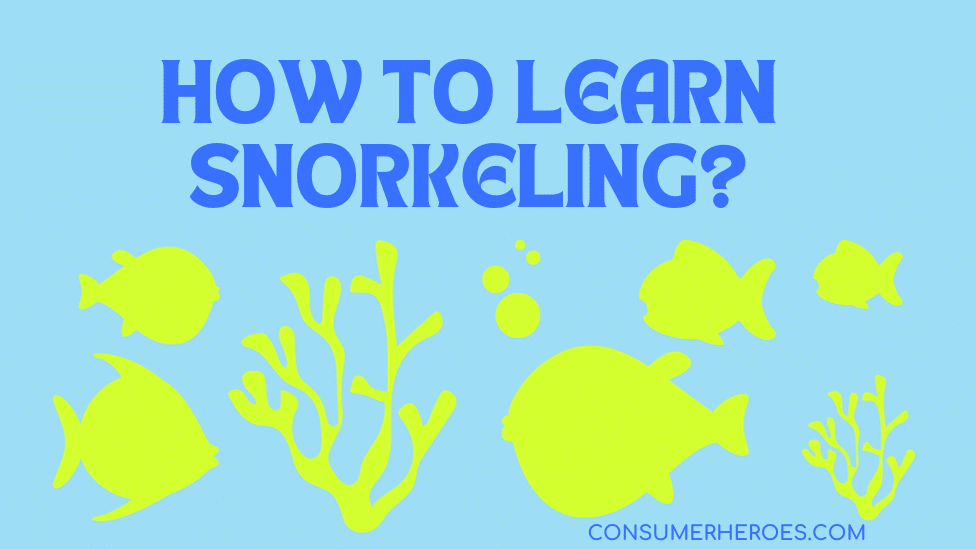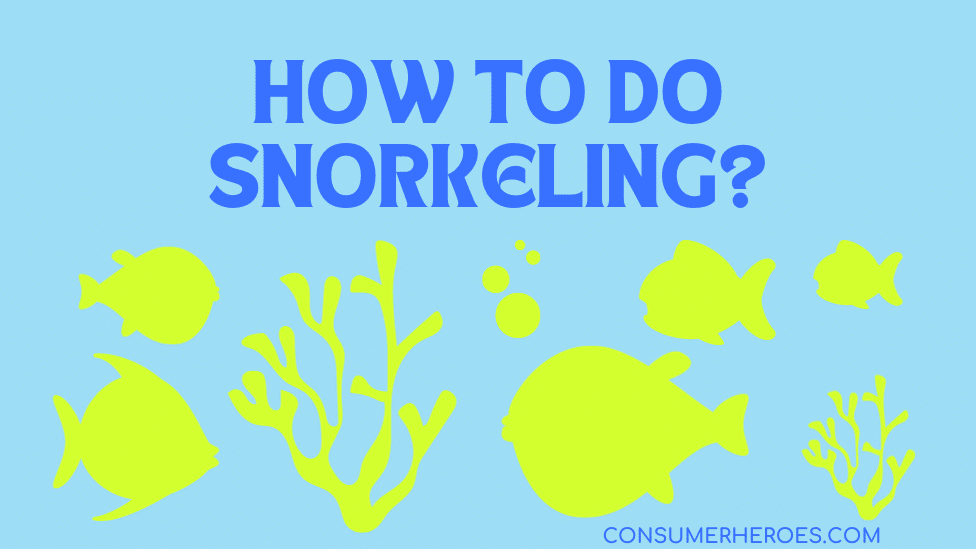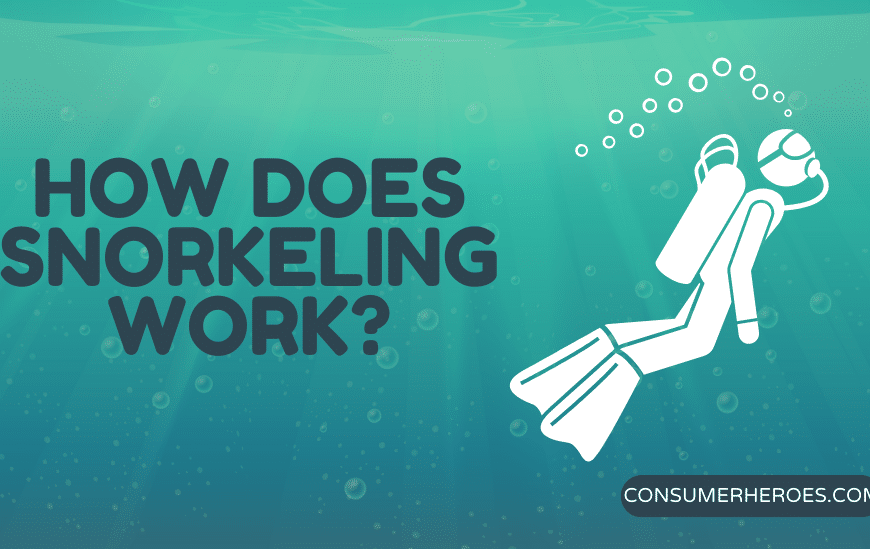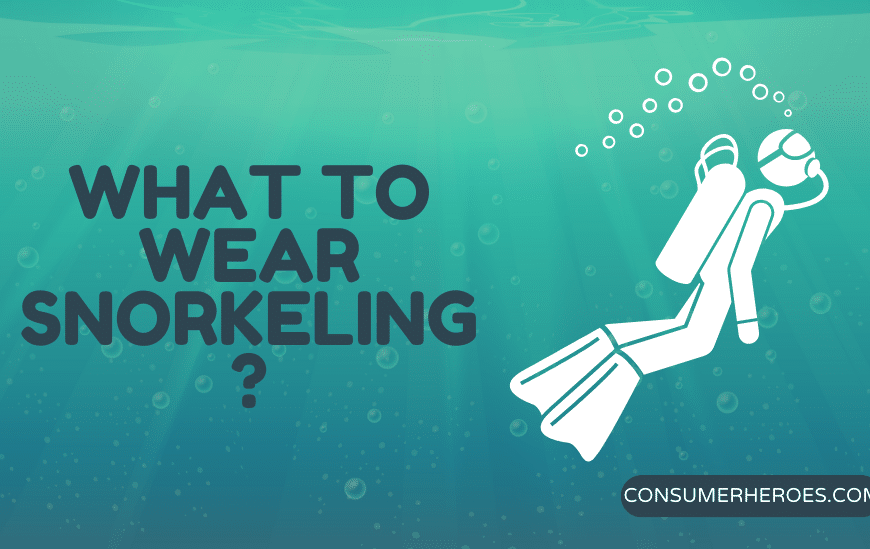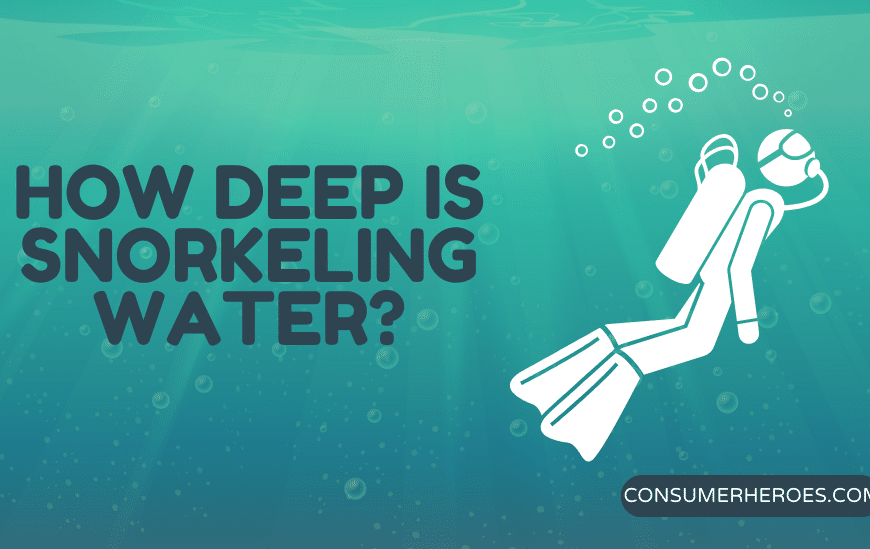Learning how to snorkel can be a fun and exciting experience for anyone who loves the ocean. It’s a great way to explore the underwater world and observe the marine life without the need for expensive equipment or extensive training. However, for beginners, snorkeling can be intimidating and overwhelming. This article will provide a step-by-step guide on how to learn snorkeling and enjoy the experience with confidence.
The first step in learning how to snorkel is to choose the right equipment. A snorkel, mask, and fins are the essential gear needed for snorkeling. It’s important to select the right size and fit for each item to ensure comfort and ease of use. Once the equipment is selected, it’s time to learn the proper techniques for snorkeling. This includes breathing through the snorkel, clearing water from the mask, and using the fins to propel through the water. With practice, these techniques can be mastered, and the snorkeler can enjoy a comfortable and safe experience in the water.
In addition to equipment and techniques, it’s important to be aware of safety precautions when snorkeling. This includes checking weather conditions, staying close to shore, and never snorkeling alone. It’s also important to be aware of marine life and their habitats to avoid disturbing them. By following these guidelines and practicing regularly, anyone can learn how to snorkel and enjoy the beauty of the underwater world.
Understanding Snorkeling Basics
Snorkeling is a fun and exciting way to explore the underwater world. However, before you can start snorkeling, you need to understand the basics. This section will cover the essential information you need to know before you hit the water.
Equipment
The first step in learning to snorkel is to make sure you have the right equipment. Here are the basics:
- Mask: A mask is necessary to see underwater. It should fit snugly to your face and have a silicone skirt to create a watertight seal.
- Snorkel: A snorkel is a tube that allows you to breathe while your face is in the water. It should fit comfortably in your mouth and have a purge valve to clear water from the tube.
- Fins: Fins help you move through the water more efficiently. They should fit snugly but not be too tight.
Breathing
Breathing is a fundamental part of snorkeling. Here are some tips to help you breathe correctly:
- Breathe through your mouth: When your face is in the water, you need to breathe through your mouth using the snorkel.
- Exhale forcefully: To clear water from the snorkel, exhale forcefully into the tube.
- Don’t hold your breath: It’s essential to keep breathing continuously while snorkeling. Holding your breath can cause lung injuries.
Technique
Once you have the right equipment and understand how to breathe, it’s time to learn some basic snorkeling techniques:
- Float on the surface: To start, float on the surface of the water with your face in the water and your snorkel above the surface.
- Kick with your fins: Use your fins to kick your way through the water. Keep your legs straight and kick from your hips.
- Look down: Look down into the water to see the underwater world. Move your head slowly to avoid getting dizzy.
By understanding these basics, you’ll be well on your way to becoming a confident and competent snorkeler.
Choosing the Right Equipment
When it comes to snorkeling, having the right equipment can make all the difference in your experience. Here are some things to consider when choosing the right equipment for your snorkeling adventure.
Snorkel
The snorkel is the tube that allows you to breathe while your face is in the water. When choosing a snorkel, make sure it fits comfortably in your mouth and has a purge valve to make it easy to clear any water that gets inside. A dry snorkel is also a good option, as it has a mechanism that prevents water from entering the tube.
Mask
The mask is one of the most important pieces of equipment for snorkeling. It allows you to see clearly underwater and keeps water out of your eyes. When choosing a mask, make sure it fits snugly on your face and has a silicone skirt to create a watertight seal. Look for a mask with tempered glass lenses, as they are more durable and less likely to fog up.
Fins
Fins help you move through the water more efficiently and can also help you conserve energy. When choosing fins, make sure they fit snugly on your feet and are comfortable to wear. Look for fins with an open heel design, as they can be adjusted for a better fit. Short fins are also a good option for snorkeling, as they are easier to maneuver in shallow water.
Overall, it’s important to choose equipment that fits well, is comfortable to wear, and meets your specific needs. By taking the time to choose the right equipment, you can ensure a safe and enjoyable snorkeling experience.
Learning Snorkeling Techniques
When it comes to snorkeling, learning the right techniques is essential to having a safe and enjoyable experience. In this section, we will cover three key techniques: breathing, floating, and diving.
Breathing Technique
The breathing technique is one of the most important skills to master when learning how to snorkel. Proper breathing will allow you to stay underwater for longer periods of time, and help you conserve energy.
To start, take a deep breath in through your mouth and fill your lungs with air. Then, slowly exhale through your mouth, making sure to fully empty your lungs. When you’re ready to dive, take a final deep breath and hold it in as you submerge yourself underwater.
Floating Technique
The floating technique is all about finding the right balance in the water. Start by lying face down in the water and extending your arms and legs outwards. Keep your head down and look straight ahead, with your snorkel tube above the water’s surface.
To maintain your balance, use gentle kicking motions with your fins and make small adjustments with your arms. If you find yourself struggling to stay afloat, try exhaling slowly through your nose to release any air trapped in your snorkel tube.
Diving Technique
The diving technique is used to explore deeper areas of the water. Start by taking a deep breath and holding it in. Then, use your arms to propel yourself downwards while keeping your legs straight and together.
As you descend, equalize the pressure in your ears by pinching your nose and blowing gently. Once you reach your desired depth, use your arms and legs to move around and explore your surroundings.
By mastering these three techniques, you’ll be well on your way to becoming a confident and skilled snorkeler. Remember to always practice in a safe and controlled environment, and never dive beyond your limits.
Practicing in Shallow Water
Before heading out to deeper waters, it is important to practice snorkeling in shallow water. This will allow the learner to get comfortable with the equipment, breathing techniques, and movements required for snorkeling. Here are a few tips for practicing in shallow water:
- Choose a calm and shallow area: Look for a location with calm and shallow water, such as a pool or a calm beach. This will make it easier for the learner to stay afloat and focus on the techniques.
- Wear appropriate gear: Make sure the learner wears appropriate gear, including a snorkel, mask, and fins. It is important to adjust the gear properly to ensure a comfortable fit.
- Practice breathing techniques: Encourage the learner to practice breathing through the snorkel while keeping their face in the water. They should take slow and deep breaths, inhaling through the mouth and exhaling through the nose.
- Practice floating: Ask the learner to practice floating on the surface of the water while wearing the gear. They should keep their arms and legs still and use gentle movements to stay afloat.
- Practice kicking: Once the learner is comfortable with floating, they can practice kicking with the fins. They should use slow and steady kicks to move around in the water.
By practicing in shallow water, the learner can build confidence and skills before venturing out to deeper waters.
Snorkeling Safety Measures
Snorkeling is an exciting activity that allows you to observe marine life in their natural habitat. However, it can also be dangerous if proper safety measures are not taken. Here are some important safety measures to consider before you go snorkeling.
Checking Weather and Water Conditions
Before you go snorkeling, it is crucial to check the weather and water conditions. Strong winds and rough waters can make it difficult to swim and navigate, while thunderstorms and lightning can be life-threatening. If the water is too cold or too warm, it can also affect your body’s ability to function properly, increasing the risk of hypothermia or dehydration.
Avoiding Dangerous Marine Life
While snorkeling, it is important to avoid contact with dangerous marine life. Some species of fish, jellyfish, and other creatures can be poisonous or aggressive. It is best to keep a safe distance and observe them from afar. If you do get stung or bitten, seek medical attention immediately.
Understanding Rip Currents
Rip currents are powerful underwater currents that can pull swimmers away from shore. They are often difficult to identify, but there are some signs to look out for, such as choppy water, a change in water color, or a line of foam, seaweed, or debris moving steadily out to sea. If you get caught in a rip current, do not panic. Swim parallel to the shore until you are out of the current, and then swim back to shore.
By following these safety measures, you can minimize the risks associated with snorkeling and enjoy a safe and memorable experience.
Exploring Different Snorkeling Locations
Snorkeling is a fun and exciting activity that can be enjoyed in a variety of locations. Here are some popular spots to explore:
Tropical Beaches
Tropical beaches are a classic snorkeling destination, and for good reason. The crystal clear waters and vibrant coral reefs make for an unforgettable experience. Some popular tropical snorkeling locations include the Great Barrier Reef in Australia, the Maldives, and Hawaii.
Cenotes
Cenotes are natural sinkholes found in Mexico’s Yucatan Peninsula. These unique formations offer a surreal snorkeling experience, with crystal clear water and unique rock formations. Some popular cenotes for snorkeling include Dos Ojos and Gran Cenote.
Kelp Forests
Kelp forests are found in colder waters, and offer a unique snorkeling experience for those willing to brave the chill. These underwater forests are home to a variety of marine life, including sea otters, seals, and colorful fish. Some popular kelp forest snorkeling locations include Monterey Bay in California and Tasmania, Australia.
Shipwrecks
Exploring shipwrecks is a thrilling experience for snorkelers. These underwater time capsules offer a glimpse into the past, and are often teeming with marine life. Some popular shipwreck snorkeling locations include the SS Yongala in Australia and the Bianca C in Grenada.
No matter where you choose to snorkel, be sure to research the location beforehand and follow all safety guidelines. Happy exploring!
Improving Snorkeling Skills
Snorkeling is a fun activity that can be enjoyed by people of all ages. However, it requires some skills to be able to do it effectively. Here are some tips to improve your snorkeling skills:
Proper Breathing Technique
One of the most important skills to master in snorkeling is proper breathing technique. It is important to breathe slowly and deeply through your mouth and exhale through your nose. This will help you conserve your energy and stay relaxed underwater. Take slow, deep breaths and avoid hyperventilating, which can lead to dizziness or fainting.
Relax and Stay Calm
Staying relaxed and calm is essential for a successful snorkeling experience. Panic and anxiety can cause you to breathe faster, which can lead to hyperventilation and ultimately, a shorter snorkeling session. Focus on your breathing and try to stay calm and relaxed.
Improve Your Swimming Skills
Snorkeling involves a lot of swimming, so it is important to have good swimming skills. Practice swimming with a snorkel and fins in a pool before heading out to the open water. This will help you get used to the equipment and improve your swimming technique.
Use Proper Equipment
Using the right equipment is crucial for a successful snorkeling experience. Make sure your mask fits properly and doesn’t leak. Use fins that fit well and are comfortable to wear. Also, make sure your snorkel is the right size and shape for your mouth.
Be Aware of Your Surroundings
When snorkeling, it is important to be aware of your surroundings. Keep an eye out for boats, other snorkelers, and any potential hazards in the water. Avoid touching or disturbing marine life and coral reefs, as they are fragile and can be easily damaged.
Practice Makes Perfect
Like any skill, snorkeling takes practice to master. The more you practice, the more comfortable and confident you will become in the water. Start with short snorkeling sessions and gradually increase the amount of time you spend in the water.
By following these tips, you can improve your snorkeling skills and enjoy a safe and fun underwater adventure.

